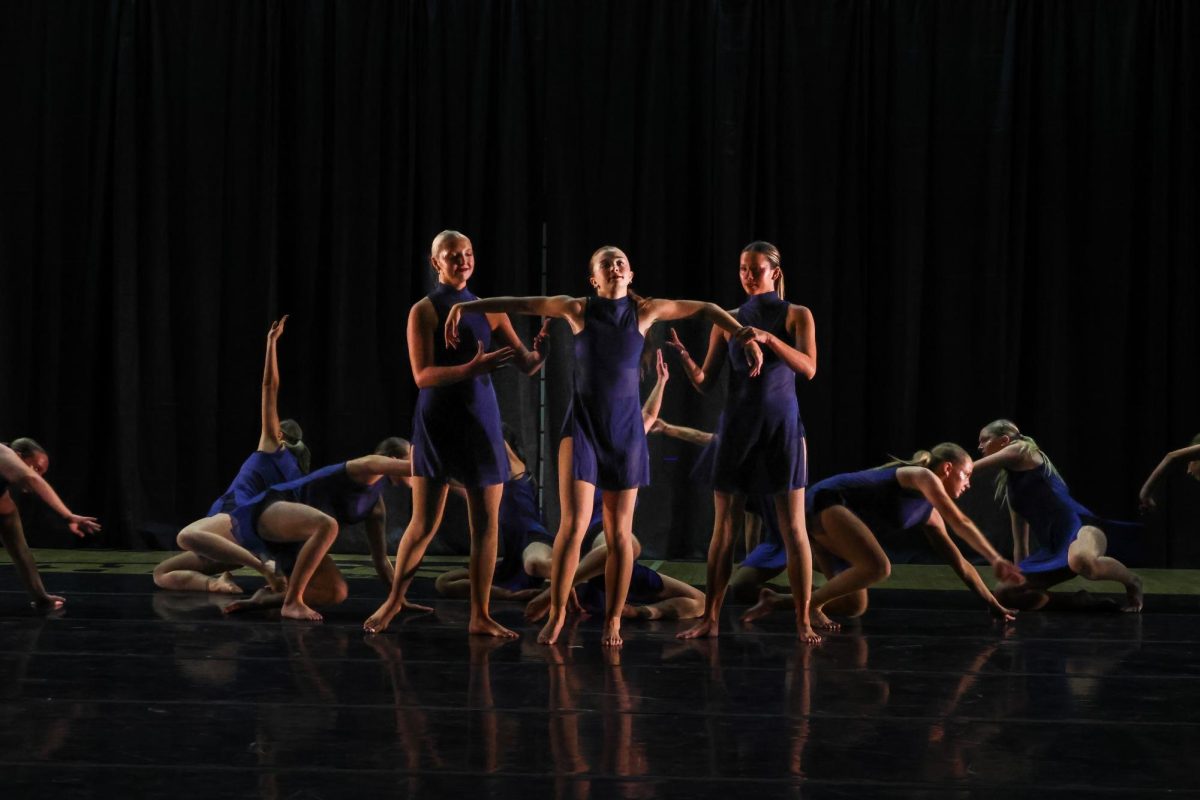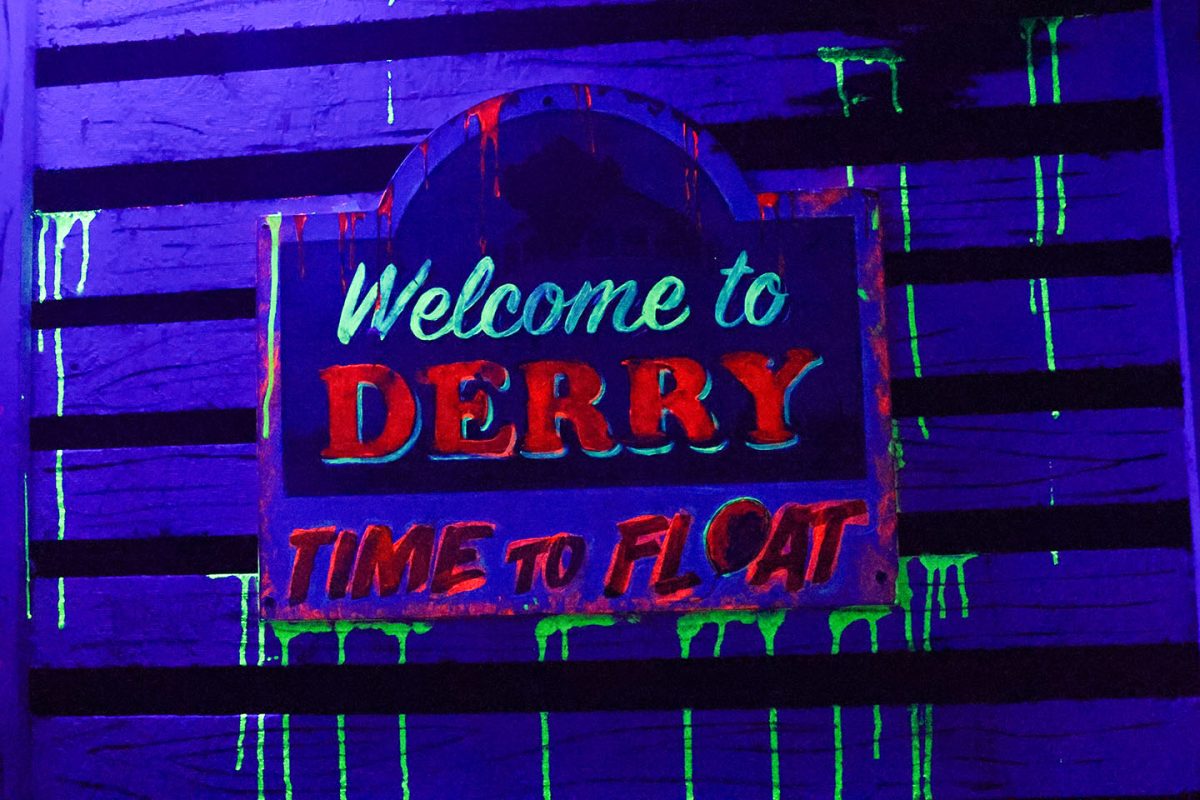Old Building Makes For Leaky Pipes And Trouble
January 16, 2015
The roof leaks, the floors creak, it’s no secret that Highland isn’t the cleanest or most put together place to go to school. Once you can put aside the messiness that happens in any average high school such as loose dirt on the floor or the cafeteria’s chocolate pudding that seems to always be scattered about, you’ll notice that the bigger problems with the building are on a deeper level and tend to occur naturally rather than as a result of messy teenagers.
Back when Highland was retrofitted to become earthquake safe, the piping and electricity in the building were cared for to ensure that they would be functional for many years to come. However, because it’s the original plumbing from when Highland was first built over 60 years ago, some rusting and other troubles with galvanized pipes are inevitable. There have been many leaks and other issues over the years and they seem to be getting worse as the years go by, all of these issues have to do with the age of the building and as a result of the leaking pipes there has been an increase in the amount of mold in our school.
One result of leaking pipes that most students have noticed in between classes is the white water that seems to be seeping through the brick walls in the stair wells. This becomes a more prominent issue during the colder months because as the pipes heat up, they give off condensation which then makes its way through the walls and causes this. Though it’s not harmful to students nor does it threaten the security of the building’s structure, it’s an eye sore cosmetically and makes the walls look filthy.
“There are ups and downs with an old building like this, I like the size of our halls and stuff like that and the building is quite large. There’s always going to be issues that need constant upkeep and attention,” Paul Schulte said.
When all the students and teachers are gone for the summer, the vacancy of the building starts to make the building fall apart in some way. The pipes become rusty and the water from the drinking fountains comes out brown. Even with the water occasionally coming out of the spout in strange colors, it’s safe for consumption. The real issues with the drinking fountain are those that you cannot see with the naked eye. Various types of bacteria are congregated on the button and spout of the drinking fountain and students then touch their mouths or faces after using the fountain and sicknesses are spread.
“The water here may be safe, but it may not be good. The reasons it’s safe is because there’s so much chlorine in it that it will kill anything that’s living in the water. If you want water that tastes good, I would suggest drinking filtered water,” science teacher Doug Jorgenson said.
By law, we are all required to go to this building and attend class for a certain amount of days or our futures will be in jeopardy and our parents could be put in jail for some degree of neglect. With this being said, it’s not fair to students or teachers that we should be stuck in this building breathing in the chemicals that could potentially be very harmful to us.
The things that are a much bigger deal are rooms ending up filled with mold because of leaks in the roof. Just over the summer, C110, the conference room over by the auditorium, was found full of mold and no one is quite sure why yet. The leaky pipes and holes in the roof get increasingly worse as the weather gets worse. With the inevitable rain and snow coming up this winter, we’re guaranteed to encounter more problems with our plumbing and rooms like the photography room that are prone to mold.
Buckle up kids, it could be a rough winter.





























